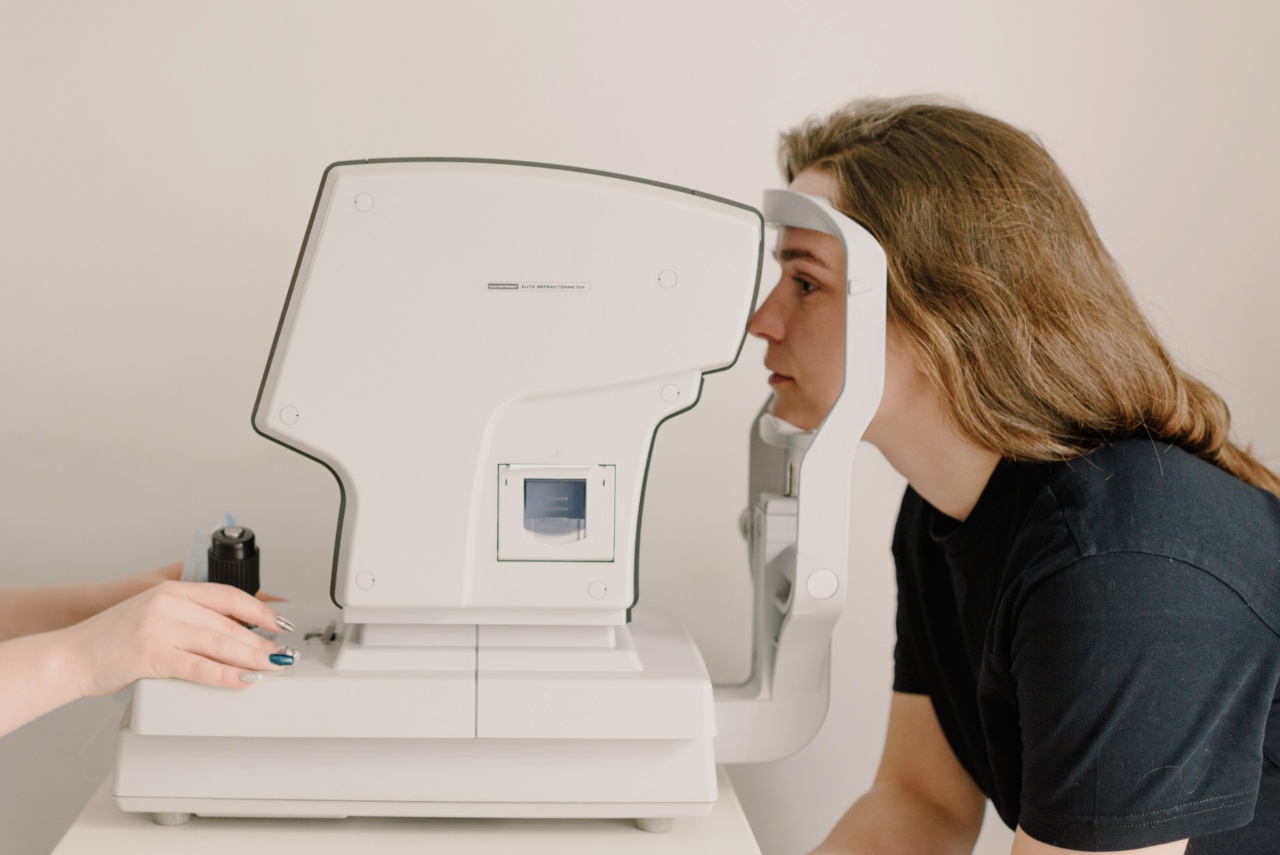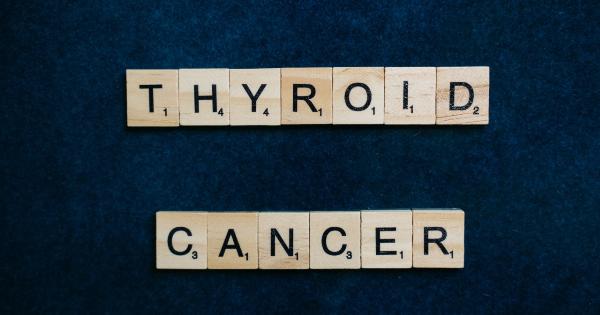Iodine is an essential mineral that is needed for the production of thyroid hormones, which help regulate the body’s metabolism and control growth.
Iodine deficiency is a common problem in many parts of the world, and it can lead to a wide range of health problems, including goiter, hypothyroidism, and intellectual disabilities.
One of the most effective ways to detect iodine deficiency is through visual cues, which are physical signs that may indicate a lack of iodine in the body.
In this article, we will discuss the visual cues that can be used to detect iodine deficiency and what you can do to prevent it from occurring.
Signs and Symptoms of Iodine Deficiency
One of the earliest signs of iodine deficiency is an enlarged thyroid gland, also known as a goiter. A goiter can cause a noticeable bulge in the neck and may make it difficult to swallow or breathe. Other signs of iodine deficiency include:.
- Weight Gain
- Fatigue and Weakness
- Dry and Flaky Skin
- Constipation
- Hair Loss
- Dull and Coarse Hair
- Cold Intolerance
- Depression and Anxiety
The Iodine Patch Test
The iodine patch test is a simple and effective way to determine whether or not you are deficient in iodine. To perform the test, simply apply a small amount of iodine tincture to a patch of skin on your inner arm or thigh.
Wait for the iodine to dry and observe the results:.
If the skin absorbs the iodine and turns brown, this is a sign that you are deficient in iodine.
If the skin does not absorb the iodine and remains yellow or orange, this indicates that your iodine levels are sufficient.
Observing the Eyes
The eyes can also provide visual cues that may indicate iodine deficiency. One of the early signs of iodine deficiency is the presence of an eye condition called dry eye syndrome.
Research suggests that iodine deficiency can cause damage to the tear glands, leading to dryness and irritation of the eyes. Other eye problems that may be associated with iodine deficiency include cataracts and night blindness.
Observing the Skin and Hair
The skin and hair can also provide visual cues that may indicate iodine deficiency. Skin that is dry, flaky, and itchy may be a sign of iodine deficiency.
In addition, hair that is dull, coarse, and thinning may also be an indication that iodine levels are low.
Iodine-Rich Foods
One of the best ways to prevent iodine deficiency is to eat a diet rich in iodine. Some of the best sources of iodine include:.
- Seafood, including fish, seaweed, and shellfish
- Dairy products such as milk, cheese, and yogurt
- Eggs
- Iodized salt
- Bread and cereals that have been fortified with iodine
Supplements
If you are not able to get enough iodine from your diet, supplements can be used to increase your intake.
However, it is important to consult with a healthcare professional before taking any new supplements, as iodine levels that are too high can also be harmful to the body.
Conclusion
Iodine deficiency is a common problem that can lead to a wide range of health problems. Using visual cues, such as the presence of a goiter or dry eyes, is an effective way to detect iodine deficiency.
By eating a diet that is rich in iodine-rich foods and considering supplements under the guidance of a healthcare professional, you can prevent iodine deficiency and maintain good health.































